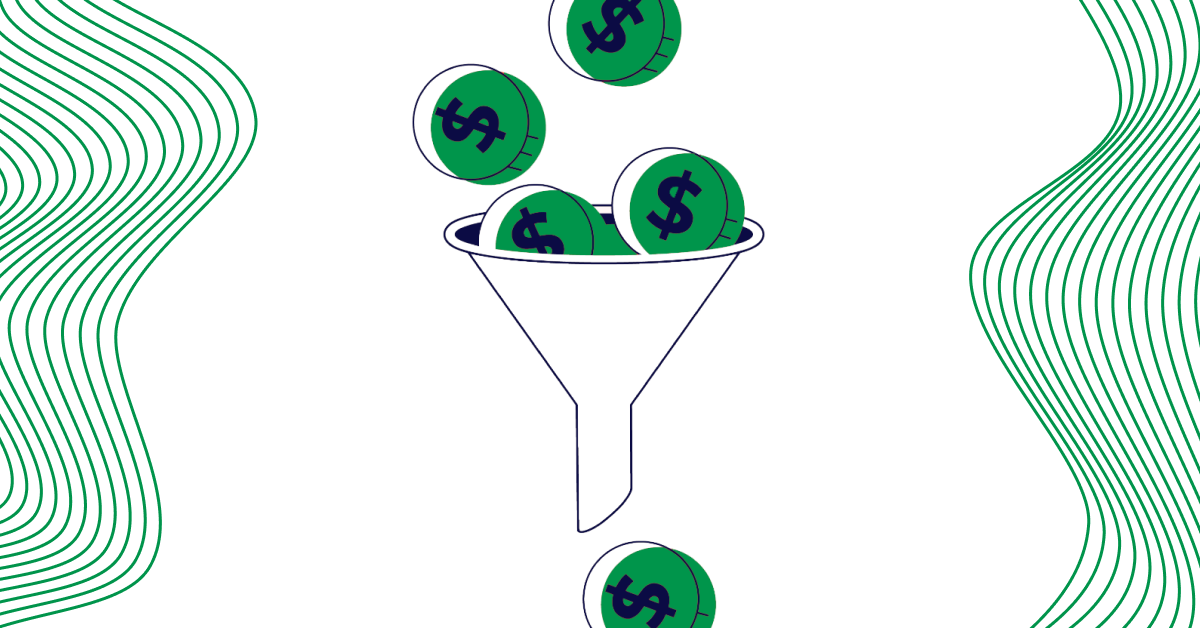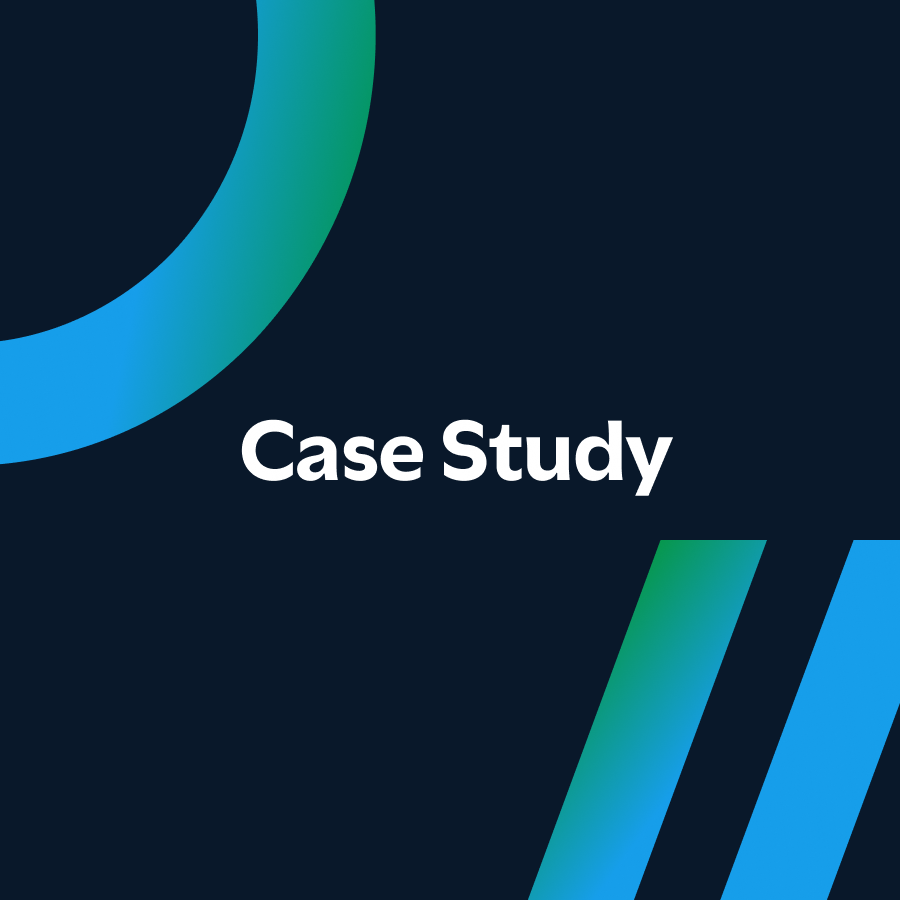In the ever-evolving landscape of B2B marketing, the need for precise measurement of campaign effectiveness is paramount. Traditional attribution models—last-touch, first-touch, and even multi-touch—offer some insights but often fall short in capturing the full spectrum of marketing influence. It’s time for B2B marketers to shift their focus from isolated touchpoints to a holistic view of the entire buying journey.
Why Traditional Attribution Models Fall Short:
Last-Touch Attribution: Overemphasizes the final interaction, ignoring awareness building and nurture phases.
First-Touch Attribution: Credits the initial contact point, missing out on the sustained efforts that drive an account to conversion.
Multi-Touch Attribution: Attempts a fair distribution but often relies on arbitrary weights, leading to potentially skewed insights.
It’s time to consider a new paradigm: Journey-Based Reporting
Why Journey-Based Reporting:
- See the Full Picture: Journey-based reporting captures every interaction, offering a comprehensive view of how marketing efforts collectively drive conversions. This approach recognizes that all touchpoints influence decision-making.
- Informed Resource Allocation: By understanding which interactions matter most at each stage, marketers can strategically allocate resources to maximize impact and optimize the buyer’s journey.
- Stronger Sales Alignment: When marketing and sales teams share insights on key touch points throughout the account journey, they can collaborate more effectively to close deals.
- Accurate ROI Measurement: Journey-based reporting provides a realistic view of marketing ROI by accounting for the entire spectrum of interactions, not just isolated points.
- Deeper Customer Insights: Analyzing the full journey reveals patterns in customer behavior, enabling more personalized and effective marketing strategies.
Implementing Journey-Based Reporting:
- Map the Journey: Define key stages from initial contact to post-purchase engagement.
- Track Everything: Ensure comprehensive tracking of all marketing interactions.
- Integrate Data: Combine data from CRM, email, events, paid media, organic activity, PR, website, content syndication, and other channels.
- Analyze Holistically: Attribute influence accurately across all touchpoints.
- Optimize Continuously: Use insights to refine strategies and improve alignment with sales.
This may sound daunting, but it can be done! Agencies and marketing leaders can pull together a solution stack – data connectors, 3rd party data partners, SQL code, a data warehouse, and data visualization platforms – or they can use a purpose-built tool like Octane11, that provides Journey-Based Reporting right out of the box.
Traditional attribution models have their place, but to truly understand how tactics are driving outcomes and optimize marketing efforts accordingly, more and more B2B marketers are turning to journey-based reporting. This approach not only provides a complete view of marketing influence but also drives better decision-making, stronger sales alignment, and ultimately, more wins.
To find out more about how Octane11 can help you get Journey-Based Reporting turned on in just 3 set-up sessions, book a demo today.




